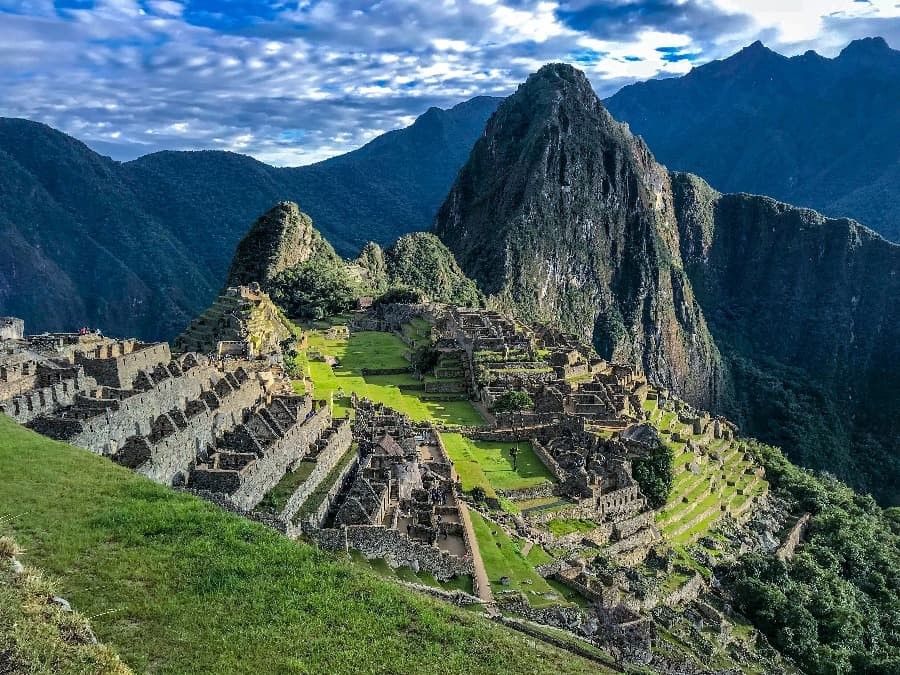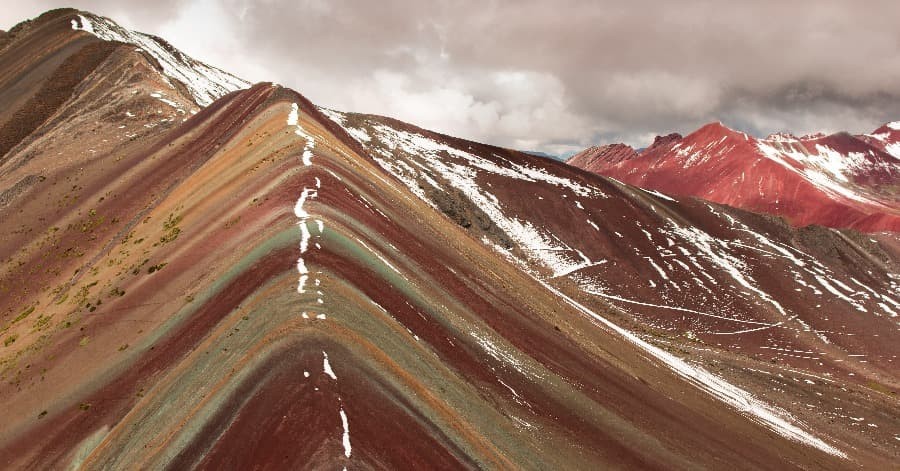Peru is located in South America. It borders the Pacific Ocean to the west, Ecuador and Colombia to the north, Brazil to the east, and Chile and Bolivia to the southeast. The capital is Lima, with a population of 30 million inhabitants and the official language is Spanish.
Peru has a unique topography, with significant variations granting it a climatic differentiation from other equatorial countries. It is a country that generally sits at high altitudes above sea level, though it has great altitude differences in different areas. Its territory consists of vast flatlands, but also high peaks of the Andes mountain range.
There are countless must-visit tourist destinations in Peru, beyond the marvelous Machu Picchu, although we cannot deny that this alone justifies purchasing a plane ticket to one of our favorite countries and if questions like “What to see in Peru?” or “What to do in Peru?” arise in your mind, many surprises await.

Without a doubt, Machu Picchu is the most essential place to visit in Peru, as it wouldn’t be the same without this icon! It is the lost city of the Incas and was chosen as one of the New Seven Wonders of the World in 2007. This ancient Incan citadel remained hidden among the mountains and dense vegetation for centuries until it was discovered by the American explorer Hiram Bingham in 1911.
As mentioned earlier, there are many other corners of great historical, cultural, and scenic value that justify a trip to Peru. Which ones? Consider some of the most special ones!
A must-visit in Peru is Cuzco, declared a UNESCO World Heritage Site, it is one of the most beautiful cities in America. The Plaza de Armas is the heart of the city, where its cathedral stands out, a place chosen by many residents to spend a few hours in the afternoon, enjoying Cuzco’s life.

Lake Titicaca, the highest navigable lake in the world, is located very close to the city of Puno at 3,800 meters above sea level and shares its waters almost equally between Peru and Bolivia at 44% and 56% respectively.
To explore the lake, you can take a boat from the port, from where, just over 5 kilometers from the dock, you can find Isla de Iros, built with totora, a typical aquatic plant of the area.
You also can’t miss one of the great archaeological mysteries of history, which is located in the arid desert of Nazca. Between 700 B.C. and 200 A.D., the Nazca culture developed in this area, where its inhabitants created the Nazca Lines, removing the red stones and leaving the white sandstone underneath, thus forming huge geoglyphs with human, animal, or geometric figures, only visible from the air.
Have you ever heard of the rainbow mountain or the Mountain of the Seven Colors of Peru? Although it is commonly called this, its true name is Vinicunca, from the Quechua “wini,” meaning stones, and “kunka,” meaning neck, referring to the particular shape of its summit.
This consists of a multicolored mountainous formation, due to the combination of minerals covering its layers. The slopes and the summit are dyed with various shades including red, purple, green, yellow, pink, among many others.
It’s impossible to name all the wonderful tourist sites that Peru contains, as this country is immense and harbors many incredible places. Dare to discover the rest of this country’s impressive sites through a volunteering experience in America!




